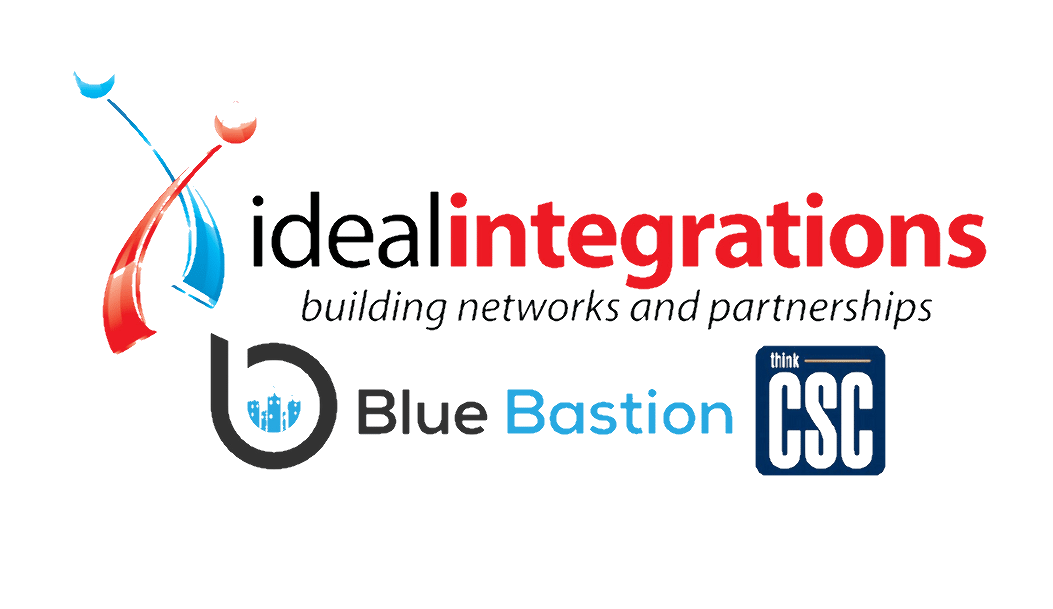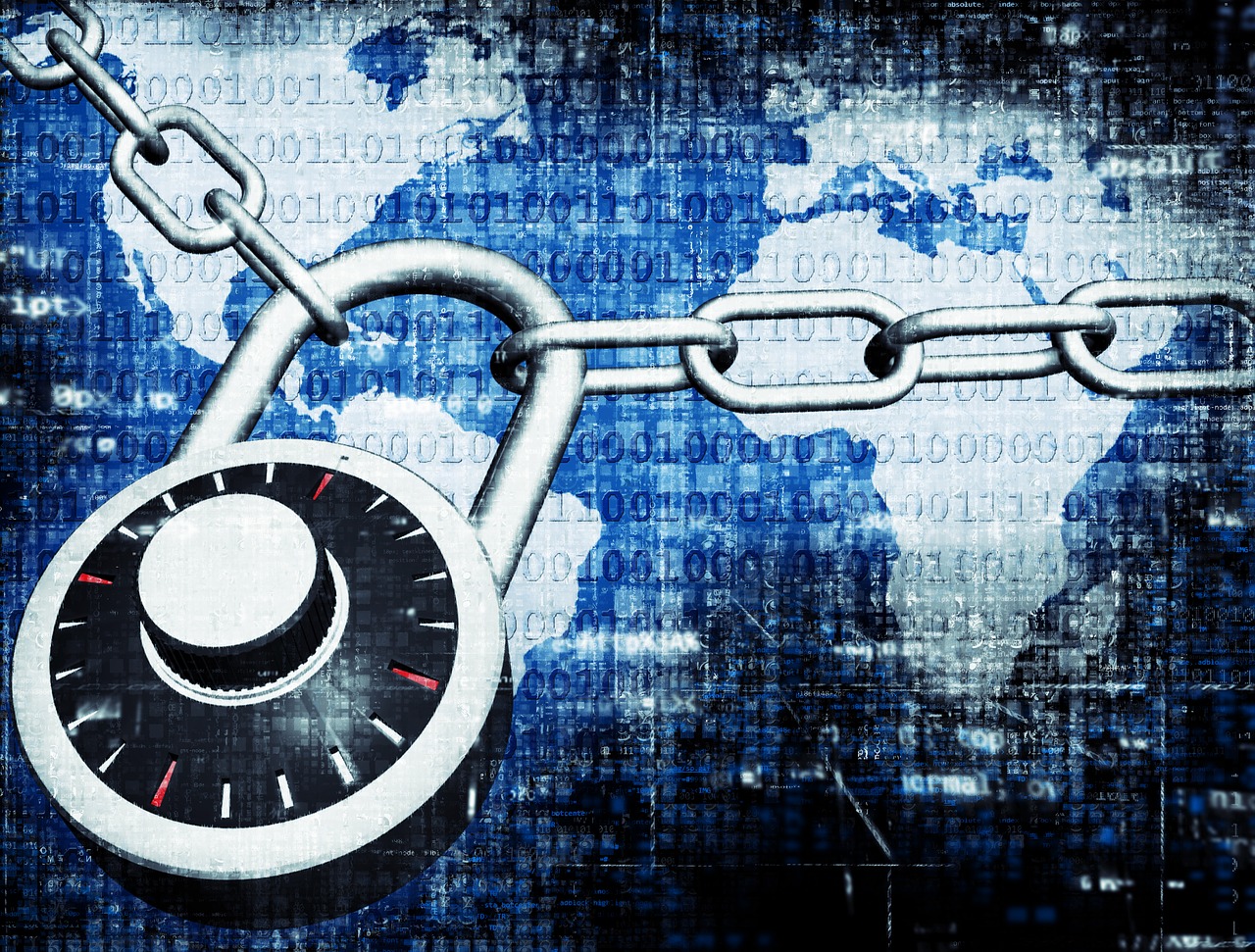
Securing sensitive data is a top priority for every organization, and there are many factors necessary to create an inclusive approach to cybersecurity, making it easy to miss small details that make a big difference. Data loss prevention is part of a comprehensive data security strategy, but do you have a data loss prevention policy? The entire premise of your cybersecurity system relies on a functional policy. Without that, even the best security network won’t protect you against malicious attacks.
Tools vs. policy: What’s the difference?
Data loss prevention is a broad term that generalizes how classified information is identified, stored, and tracked, along with how unauthorized access is prevented. Within every data loss prevention plan, there should always be a policy that guides how those within your organization interact with data. Compliance and regulations are top considerations, but a data loss prevention policy should also break down how employees share and access information via in-house and remote networks.
Preventing malicious attacks starts with a prevention policy.
Technology is undeniably an asset, but it can also be a weakness. Now that data can be accessed from any location with the use of mobile devices and laptops, organizations struggle to maintain security at every access point. A data loss prevention policy establishes rules that hinder the theft of consumer data and protect an organization from regulatory fines. An organization can also track how information is used within their established policies, improving the cybersecurity strategy overall.
Where should you begin?
Carefully analyze your existing policies or lack thereof. Consider when personal devices should be used, if at all. Is Skype allowed for business meetings? Should employees’ email access be restricted? Can any USB device be plugged into company computers or should USB ports be disabled entirely? There are many questions that your IT department must ask before introducing any policies.
The next step is to train your employees on the data loss prevention policy you have implemented. Discuss the importance of their compliance, and more importantly, make your best security practices easy to use. If you have several remote employees who are unable to access their work email, data is guaranteed to be sent over less secure methods. If HR does not do so already, every employee should undergo background checks and be asked to sign confidentiality agreements.
The best construction tools available cannot build a house if there is no blueprint. Similarly, no cybersecurity strategy will be effective without a strict data loss prevention policy to guide the actions of those within an organization. This policy will define who will have access where, and how much data is necessary for employees to conduct their work. Securing your data is a step-by-step process, but by carefully laying a solid foundation, your overall strategy can be near impenetrable.
At thinkCSC, we believe that in order to achieve maximum success, regardless of the size or type of your organization, you must make IT an integral part of your overall business strategy and partner with IT professionals who not only understand how to leverage technology to their advantage but who are also committed to understanding your business goals and aligning your IT strategy to theirs. We pride ourselves on having the best business-savvy technical experts in the industry. If you would like to learn how to create an IT security strategy aligned with your organizational goals, contact thinkCSC for more information.

